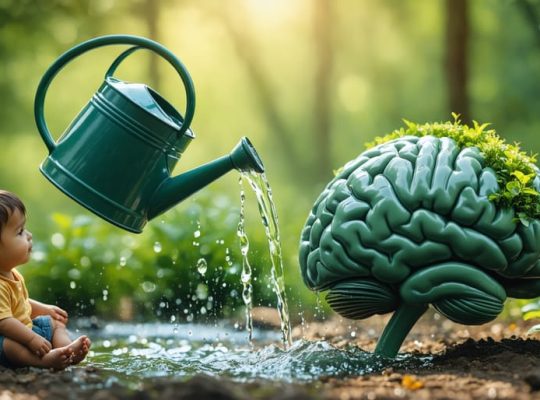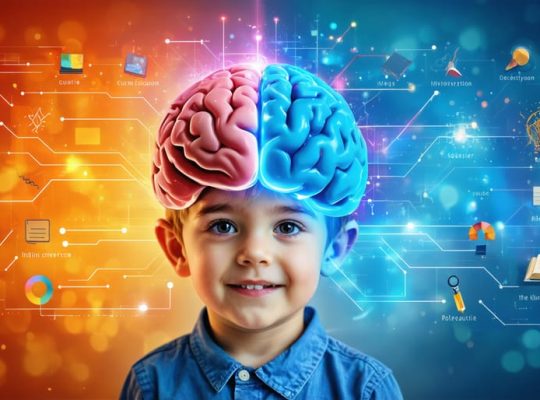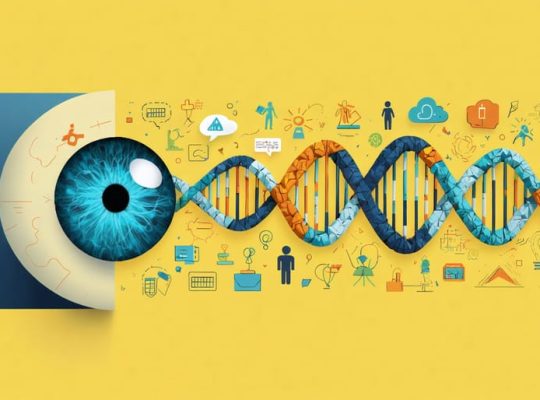How Family Therapy Strengthens Your Child’s Mental Health Through Core Functions
Families serve as the cornerstone of child development, shaping mental health and emotional well-being through five essential functions that create a healthy family dynamic. These fundamental roles – providing emotional security, fostering social development, ensuring physical care, supporting educational growth, and instilling values – work together like instruments in an orchestra, each playing a crucial part in your child’s developmental symphony.
Understanding how these functions operate within…










